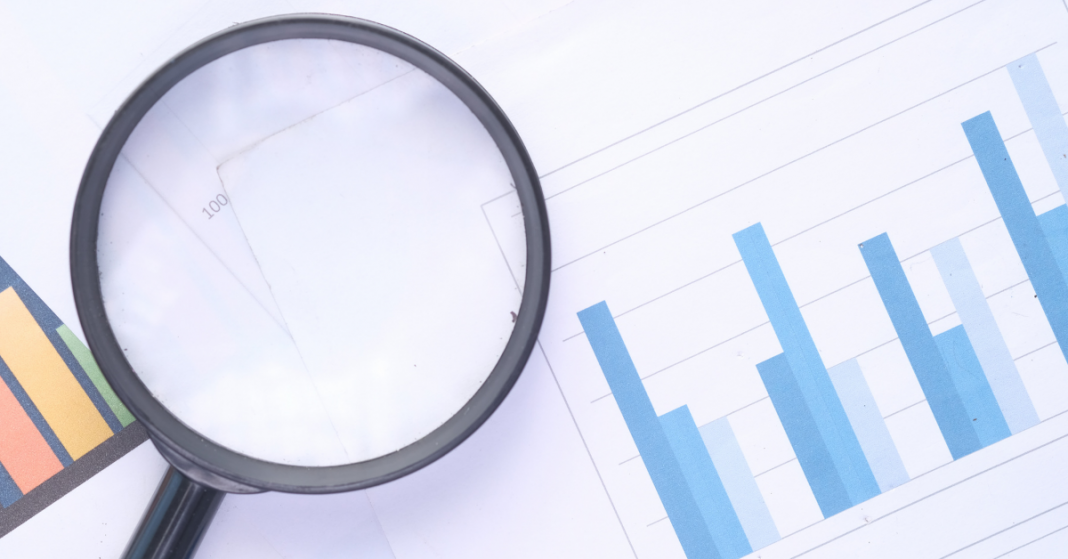Financial reports, often known as financial statements, show how a company’s finances have changed over time. On a monthly, quarterly, or annual basis, most firms and organisations give financial reports to their Boards of Directors, shareholders, and investors.
They’re looked at to see whether there are any patterns, successes, or difficulties with a company’s finances. These reports are frequently created by accountants or financial teams, yet they are simple to understand. Pay attention to the balance sheet, income, and cash flow when reading a financial report.
Balance Sheet
Take a look at the financial statements. The balance sheet shows the company’s assets and liabilities. Take a look at the balance sheet’s structure. In some reports, the assets are listed on the right and the liabilities are listed on the left; in others, the assets are listed first and foremost, with the liabilities placed below after the assets.
Look over the assets. Cash, investments, property, and other valuable items owned by the firm are examples of assets. The assets are arranged according to their liquidity. The most liquid assets are displayed first, such as cash.
Examine your liabilities. Liabilities are the debts or responsibilities owed to others by the firm. Rent, wages, taxes, loan payments, and money due to other suppliers or contractors are among them. The asset component is balanced by combining the liabilities and equity sections. The worth of money invested and re-invested in the firm is broken out in the equity section.
Keep in mind the distinction between current and long-term obligations. Current liabilities are obligations that must be met within a year. It will take more than a year to pay off long-term commitments.
A balance sheet must always be in balance, meaning that the total value of assets must match the total value of liabilities and equity. If this isn’t the case, it’s generally the first indicator of a financial scandal that hasn’t been properly disclosed.
Income Statement
Take a look at the profit and loss statement. This will show you how much money the firm made in a certain time period. Any money spent to earn that revenue will be recorded as well.
Check the top line for “sales” or “gross revenue,” which should say “sales” or “gross revenue.” Before any expenditures are subtracted, this is the amount of money the firm made by delivering its products or services.
Take a look at the price of products sold. This is the negative number immediately beneath the revenue/sales statistic. This statistic indicates the business’s direct costs in generating the revenue/sales amount.
The difference between the sales/revenue number and the cost of products sold is the gross profit, which reflects the profit produced by the company before operating expenditures are removed. This statistic must always be positive; if it is negative, the company is not viable.
Examine your operational costs. These costs include things like wages, advertising, salaries, and other other charges.
Take a look at the depreciation line. This indicates the cost of an asset based on how long it may be used by the firm.
Check the operating profit, which is the money the firm generated after operating expenditures are removed; the operating profit is the gross profit minus the total operating expenses.
Take a look at how much interest was earned and paid. If interest is paid, these are referred to as Finance expenses, and if interest is gained, they are referred to as Finance revenue. Finance expenses are incurred when a firm borrows money at interest, while finance/interest income is earned when a business lends money at interest or invests in money market instruments.
Examine the amount of income tax that has been deducted.
Take a look at the income statement’s last line. This represents the profit or loss on a net basis.
Cash Flow statement
Take a look at the income statement. This will reveal how much cash the business has on hand. It will also keep track of how much money comes in and out of the firm over a certain period of time.
First, learn about the operational activities. This section looks at how the company’s money was spent to arrive at its net profit or loss.
Examine your investment activity. Any revenue from investments or assets sold is included in this section of the cash flow statement.
Take a look at how the money is being used. This document documents the company’s actions in repaying or acquiring debts such as bank loans.
